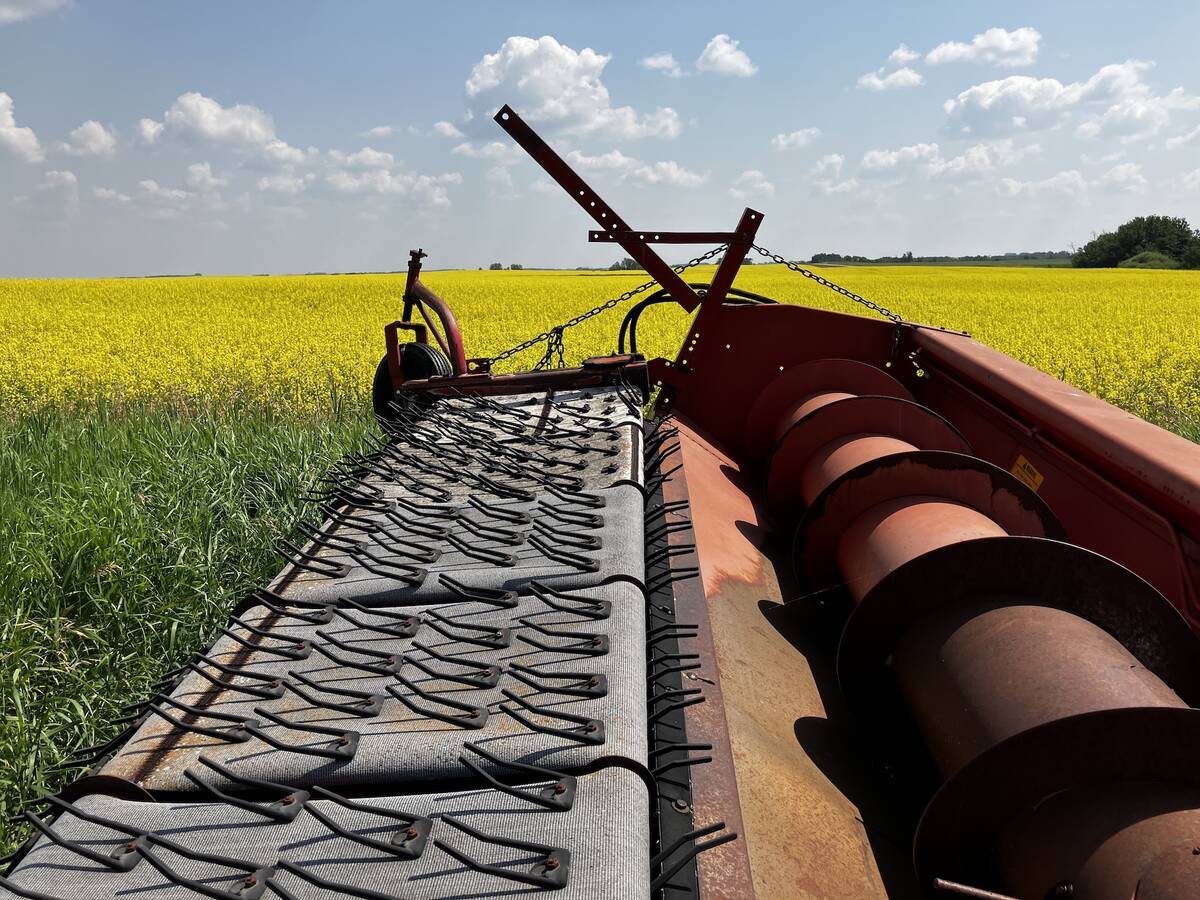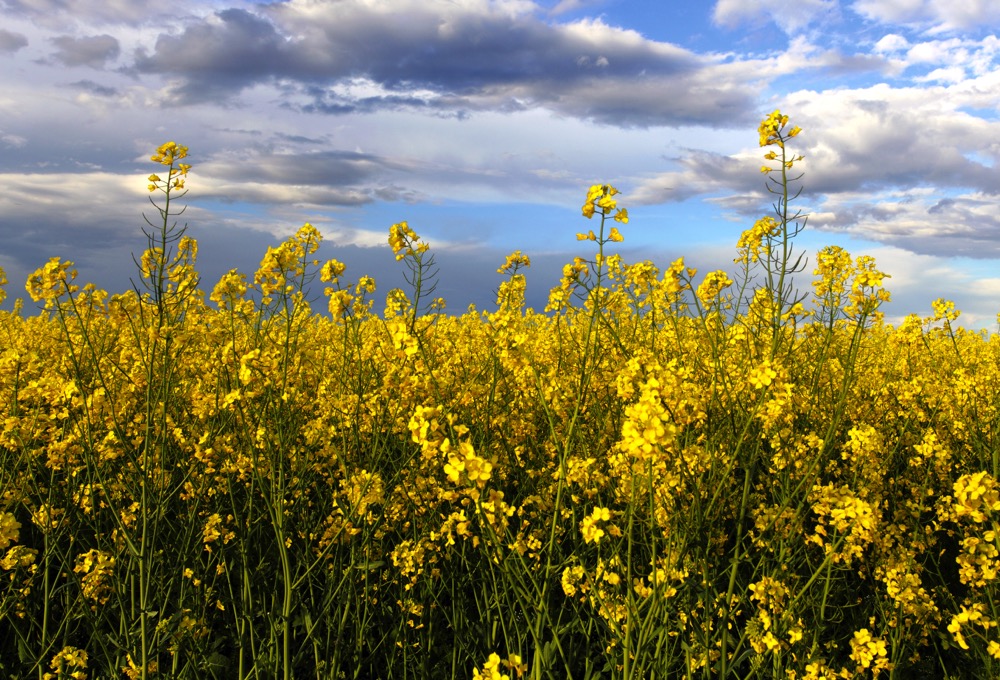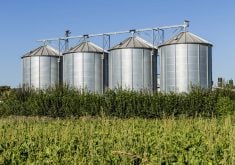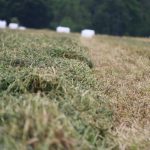Over the past few months, Russia’s actions toward Ukraine, Turkey and the United Nations regarding the Black Sea Grain Initiative are akin to a teenager threatening to leave home because they didn’t get their way.
Most times, sooner or later, the kid relents, and all is back to what resembles normal. Maybe the parents bought them a gift or let them have the car for the weekend, too.
When it’s the next morning and their child isn’t back home, it’s a different story.
Read Also

Stronger canola prices welcome surprise
Mid-November canola market holding above resistance based on durable demand, resulting in pleasantly higher canola prices for Canadian farmers
On July 17, Russia finally followed through on its threat to leave the Black Sea Grain Initiative and, to show it was serious, attacked facilities in the port cities of Odesa and Mykolaiv, destroying thousands of tonnes of grain in the process.
Russia also warned that it will treat all Ukrainian vessels as if they are military vehicles and will respond accordingly.
Already boosted by dry, hot weather in the United States and elsewhere, grain prices on the Chicago Board of Trade were lifted even higher by the deal’s collapse.
The September corn contract moved up 43.75 U.S. cents per bushel to US$5.37 for the week ended July 20. September Chicago wheat went up 87.25 cents to $7.27/bu., while the Kansas City hard red and Minneapolis spring wheat counterparts gained 68 and 40.25 cents, respectively, to $8.7475/bu. and $9.02/bu.
All three wheat contracts are above the 20-, 50- and 100-day averages and surpass 60 in the Relative Strength Index, nearing overbought territory.
The August and November soybean contracts are in the same boat as wheat: above moving averages and nearly overbought, but without the steep price jumps. The effects of those contracts, as well as those from corn and wheat, could push canola even higher.
It’s already been a tough year for western Canadian canola. MarketsFarm has delivered an early production estimate of 16.5 million tonnes for 2023-24, just above the drought-ravaged levels of 2021.
















